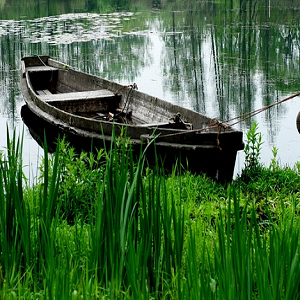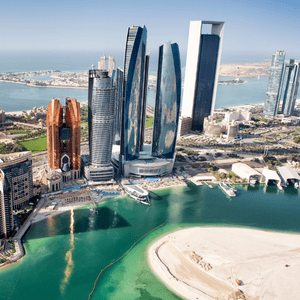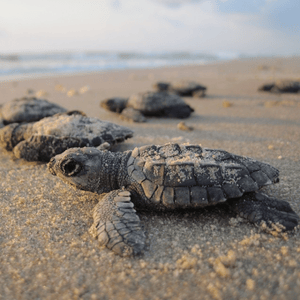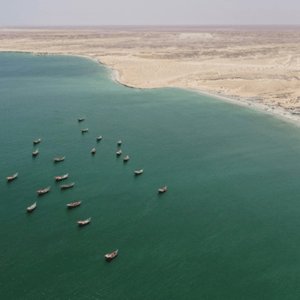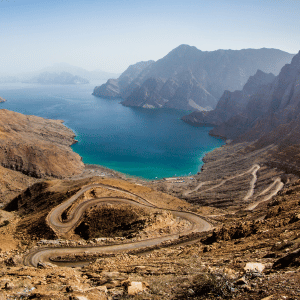Reviving wetlands in the Western Indian Ocean
#sustainabletourism #responsibletourism #indianocean
Wetlands in the Western Indian Ocean region are not just a pretty sight, they are vital ecosystems that support a diverse array of life. They include salt marshes, seagrass beds, and mangrove forests. These unique habitats are homes, breeding and feeding grounds for species such as fish, turtles, sea cucumbers, molluscs, corals, mangroves, and seagrasses. Additionally, wetlands in the Western Indian Ocean region also have significant economic and cultural value. However, these wetlands are under threat from human activities such as pollution through the release of untreated wastewater from cities and settlements, upstream activities like agriculture, deforestation, and natural disasters such as cyclones.
But there’s hope! Efforts to safeguard and maintain these invaluable wetlands are in full swing. From Chake Chake, Pemba, where drainage capacity is being boosted, to Seychelles, where locals are being educated on wetland restoration, to the Limpopo estuary in Mozambique, where mangroves are being replanted, to Mtwapa Creek in Kenya, where raw sewage is being treated through constructed wetland technology, UNEP and the Global Environment Facility are working together on wetland construction and conservation endeavours that are having a tremendous impact on preserving the biodiversity of ecosystems in the Western Indian Ocean region.

More on : https://www.unep.org/gef/news-and-stories/blogpost/reviving-wetlands-western-indian-ocean-efforts-and-progress
